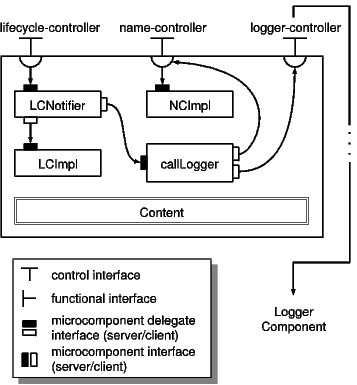
Figure 1: Fragment of microcomponent-based control part.
Distributed Systems Research Group
Department of Software Engineering,
Faculty of Mathematics and Physics
,
Charles University
However, these issues have not yet been properly addressed. For the rather new concept of a control part of a software component, no mean to capture its internal structure has been devised yet - although it is crucial for developing component model extensions. Neither has been addressed the integration of different third-party component model extensions, nor selective application of the extensions to only a selection of components.
In Figure 1, LCNotifier, LCImpl, NCImpl, and callLogger are microcomponents, serving the requests on the control interfaces of their containing component. In this example, the purpose of the extension is to report the calls on the lifecycle interface to an external logger component.

Figure 1: Fragment of microcomponent-based control part.
We further introduce a component aspect as a set of consistent component model extensions -- basically, an component aspect is a collection of instructions on which microcomponents to instantiate, how to reconnect bindings; special support is provided for inserting a microcomponent into the delegation chain on an interface. To handle more elaborate control functionality extensions, complex parts of the control functionality may be extracted into standalone control components; their functionality may be accessed from the control part via client control interfaces.
The concepts introduced in the Asbaco project have been implemented in a prototype implementation, available upon request.
Abstract:
In most component models, a software component consists of a functional part and a controller part. The controller part may be extensible; however, existing component models provide no means to capture the structure of the controller part, and therefore neither to specify the controller part extensions. In this paper, we introduce a minimalist component model to capture the structure of the controller part, coining the term microcomponent for the controller part elements. We further introduce the concept of a component aspect as a consistent set of controller part extensions. Within this framework, it is possible to seamlessly integrate controller part extensions, applying them to the components selected in the application s launch configuration. We have evaluated these concepts in a prototype implementation.
You are visitor number 4000 since 16 Nov 05.
Last modified October 14, 2013 by Vladimir Mencl